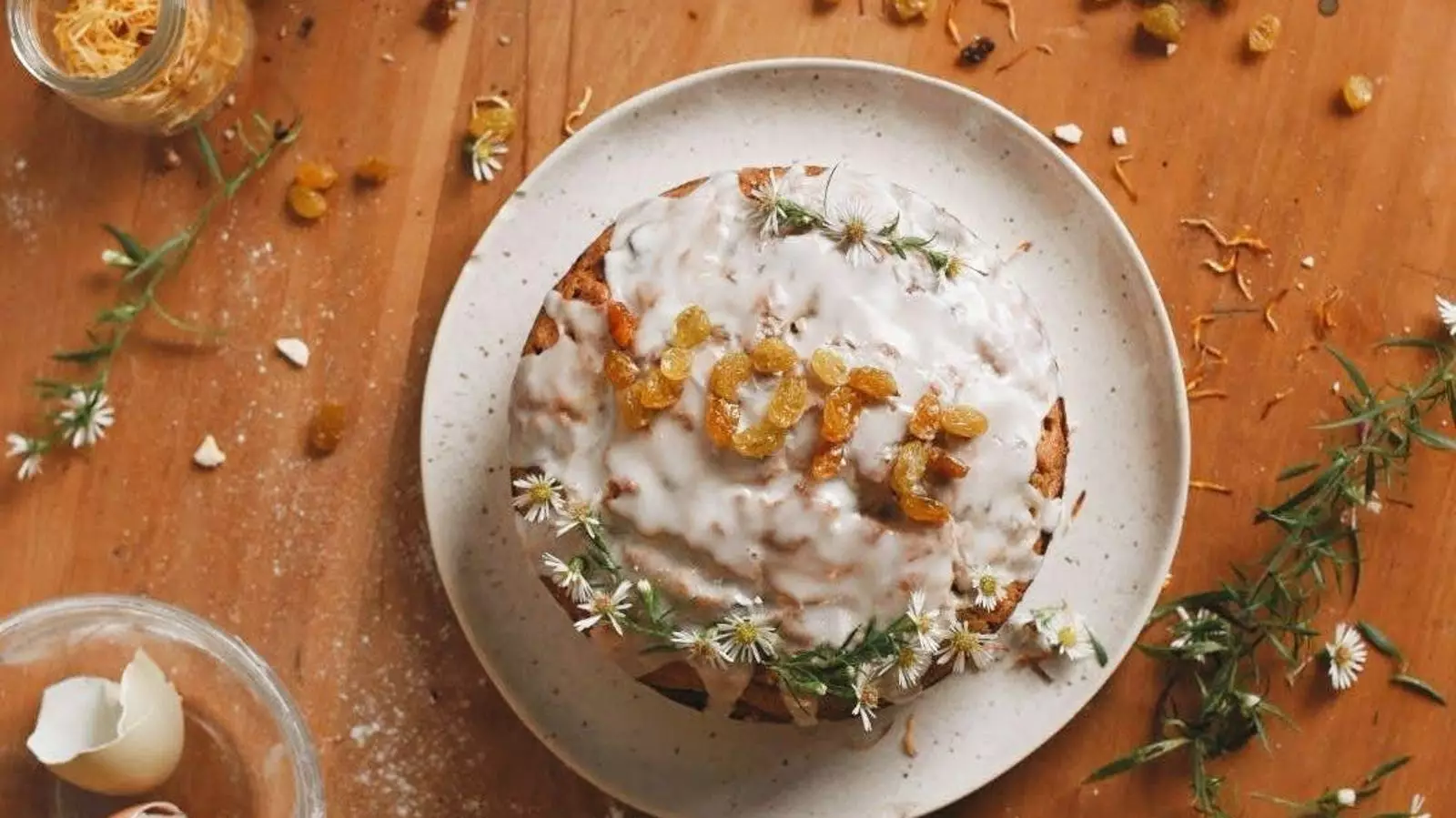In the United States, the observance of Election Day has evolved into a multifaceted cultural event. Beyond the act of casting ballots, it has come to include various rituals, such as bake sales at polling sites and festive gatherings replete with cakes and cookies, often dubbed ‘Election Night watch parties.’ This modern portrayal, however, overlooks a deep-rooted tradition that traces its origins back to the colonial era. Food historian KC Hysmith highlights that the practice of baking what are now known as “Election Cakes” began in the 1700s, a time when communal gatherings around elections were crucial given the vast distances that individuals traveled to vote.
During this period, voting was a significant communal event, and Election Cakes served as a reflection of the social dynamics of the time. According to Hysmith, these cakes were not mere desserts; they were sustenance meant to feed large groups of people, facilitating social interaction and discussion around the important matters of the day. The logistics of travel and the rural nature of society meant that attending an election was not simply a matter of walking down the street. Instead, it was an expedition that brought people together for collective civic engagement.
While the act of baking may seem trivial in a contemporary context, Hysmith draws attention to the powerful implications behind these culinary creations. At a time when women were largely excluded from the political process—many lacking the right to vote—baking served as a form of indirect participation in public life. Providing hospitality through the medium of food allowed women to carve out spaces for dialogue and political discourse in an environment where they were otherwise marginalized. As Hysmith articulates, these baking efforts represented a “radical act” of agency, allowing women to assert their influence during a pivotal event, even when their rights were limited.
This nuanced understanding transforms the perception of Election Cakes from a simple tradition into a symbol of resilience and creativity. Women, by serving cake to those who could vote, created opportunities for themselves to engage in political conversations. It illustrated how acts of hospitality could open doors to the political sphere, allowing them to share their perspectives and engage with the electoral process in meaningful ways.
Today, the concept of Election Cakes has experienced a renaissance, albeit in a more generalized form. While the recipe may have evolved from its origins—originally an enriched dough akin to fruitcake—today’s interpretations range widely. Almost any cake baked during the election season can be considered an “election cake” as long as it is made with civic-minded intent. This flexibility underscores a broader cultural understanding that the act of baking can symbolize participation and celebration of democracy.
As Americans gather to cast their votes, the presence of these baked goods serves as a reminder of the historical significance embedded within each slice. The notion that something as simple as a cake can catalyze conversations about important issues enriches the electoral process and highlights how traditions can adapt while retaining their essence. In the spirit of community, Election Cakes continue to foster dialogue that is essential to a functioning democracy, making them a delicious and meaningful part of American electoral history.

